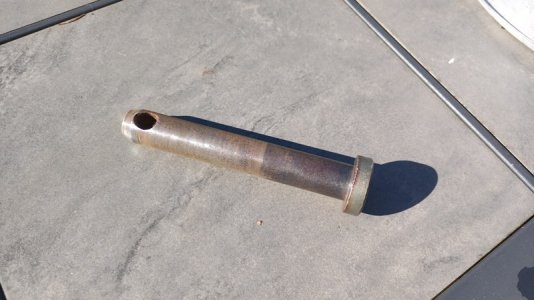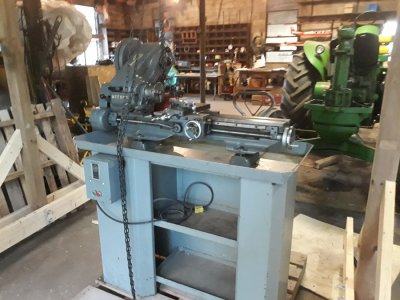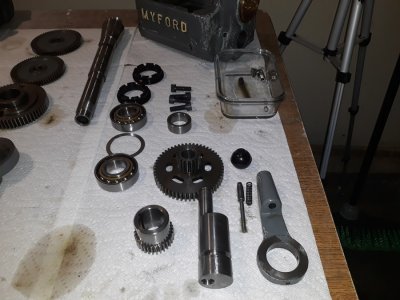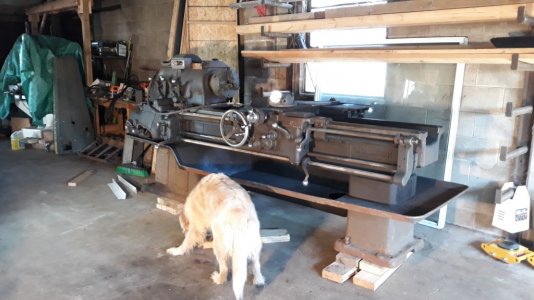So I've been told that you don't want to use a hardened material for a hitch pin because you want the pin to wear instead of the hole on the hitch.
I've heard that too. And on first blush it seems to make sense. But I'm not always a fan of "that's the way it was always done" or "that's what my grandpa did". Sometime you just have to stand back and look at the whole picture through fresh eyes.
As far as I have seen, all the commercial hitch pins are hardened, and all the tow bars and commercial clevis hitches are hardened too. The most expensive ones are even forged.
I've never analysed it, but I guess I prefer to go with what the OEM's recommend.
FWIW, without any analysis, my instincts also side with the OEM's. As a pin wears, it's cross section goes down, much more quickly than the hitch does - exactly as your sources suggest. But there is a problem with that. As the pin cross section goes down it gets exponentially weaker. On the flip side, most hitch bars wear into an elongated hole which retains the original cross section and therefore retains the original strength (which coincidently makes it easier to install and remove the pin). My Deere planter was actually built with an elongated pin hole.
Anyway, that's just my two cents on the matter. I frankly doubt that pulling a wagon like you do is gunna wear or break anything. On the other hand, try pulling a row of furrow ploughs or a 30 ft set of disks or a gang of rippers. That will test your hitch to its limits much more so than any wagon.






